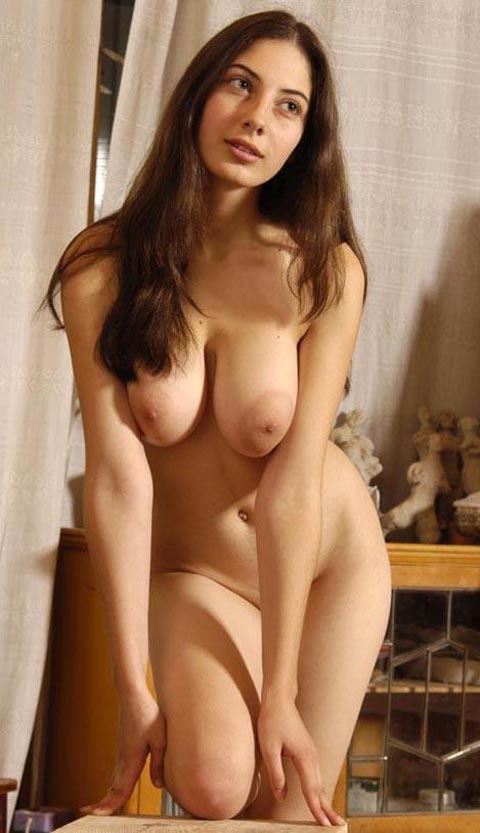
Joan Crawford's long nose divides her face in half. The two halves are mirror images of one another, sleek, and flawless. You also notice those huge white eyes with little pupils that seem like small dots, lost amid all that space.
I just watched her in Dancing Lady (1933). Aside from that wonderful, powerful face there is nothing all that interesting about her visually. She shows off her gams in Dancing Lady and they're plenty nice enough but nothing to stop a train. But hell when you've got a face like that the body just has to reach the floor and have all the important parts.
Crawford could act, too, that's for sure. From ingenue to matriarch with career gal in between, her performances ranged from solid to super. But faces make stars. Look at her leading man in Dancing Lady, Clark Gable. He's indeed a pleasure to look at even for straight men. Sure he's got big ears, what of it? The rest of his head looks like its been sculpted by an artist who had good looks in mind. Then there's that voice. He don't sound like your neighbor. His voice is masculine but interesting. Come to think of it, Crawford 's voice is distinctive too. Feminine but self assured and clear as bell. Ever since talkies caught on an actor's voice has mattered. A lot. If what comes out of your mouth is unique you may have yourself a career. What, you never noticed Cary Grant's voice? Clipped, and pretty and wonderfully lucid. How's about Lauren Bacall? Husky, sexy. You could pour it on your waffles. I could listen to Edward G. Robinson read the phone book and Jean Harlow count to a million. Us regular types have regular voices. Ho hum.
Marlin Brando and Montgomery Clift and their type helped elevate the art of acting. Guys like Dustin Hoffman and Sean Penn have carried that tradition on. You've got an actor losing him or herself in a character. Becoming that person. That's great stuff. Brando and them became stars because they could emote. Their interesting mugs and voices were more part of the act than a presence. But there's a helluva lot to be said for the star system. Sure half or more of the time Bogey was playing the same persona, but it was a character type you loved and couldn't get enough of.
Stars can act, sure, but what you really get is a face and a voice. When there's two stars playing opposite each other who've both going for them... it's hard for a movie to go wrong.
So Dancing Lady had two such stars, that's your picture right there. But the film positively poured it on with talent. Franchot Tone for starters. He played a "Park Avenue" type. That means someone lousy with dough, just as in Midnight Mary (1933) and Reckless (1935) to give just two examples. Tone was always a bridesmaid (male version) and a very good one, thank you very much. He may not have gotten the dame but he always took it good naturedly. Being in the bucks musta helped. Coming as he did from a wealthy family, probably made it natural for him to play society types. It was nice in Bombshell (1933) to see him playing a guy who was merely playing the part of an upper class sort. Tone was always likable. Even in Dancing Lady where he's a rat, he's not a wharf rat so much as a one of those white and pink ones people keep as pets.
So Tone was there to be the nice rich guy. What else you got? How's about Robert Benchley? Not for the first time he's a reporter. Benchley was almost always a lush, a layabout or both. He always cracked wise in that seen-it-all educated way of his. Benchley specialized in worldly, cynical but lovable sorts. Any film he was in was improved by his sotted presence. *Hic.*
Speaking of stereotypes, how many times was Grant Mitchell a harried father? If you're going to count, start with Dancing Lady. And say, this film also provides the film debut of Fred Astaire. You wanna talk about typecasting! Right off the bat they've got him playing a dancer...(Is he kidding? Course I am.) Astaire was to become a star but of a different type from the likes of Gable in that he was a hoofer by trade. Still, he had the distinctive voice (sometimes used for singing) and that long angular face. Stars don't come out of central casting even if they can two step.
Dancing Lady had romance, dance numbers, rags to riches, show biz, and burlesque. Ultimately the whole didn't quite equal the sum of its parts. Now don't start with me, I like the film just fine. I just don't love it, see?
I love Crawford. I don't find her sexy like Barbara Stanwyck, or cuddly like Priscilla Lane or gorgeous like Ann Sheridan, or sultry like Myrna Loy or cute like Jean Arthur. There is, in fact, a coldness to her. But it's something I quite like. A man doesn't have to want to boink every actress on film, nor even half of them. Crawford is damn interesting to watch. She makes you more interested in the story than you might otherwise be because you take her seriously. Gable, meanwhile is more of the type of guy you want to root and holler for, someone you wish you coulda paled around with. That my friends is star quality and there's no teaching it.
So Dancing Lady is a treat even if the story gets distracted now and again (did we really need the Three Stooges slapping each other around in the middle of the story? No!). The story is just good enough and the stars are...well, like stars are, bright and shiny and cool to look at.




.jpg)






No comments:
Post a Comment